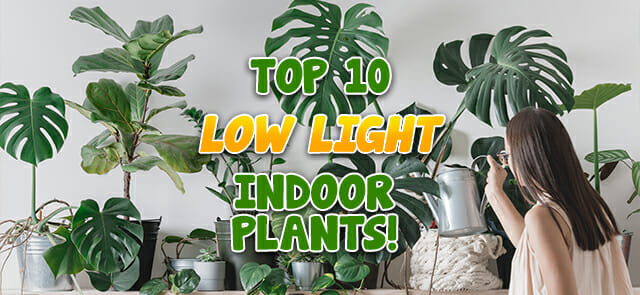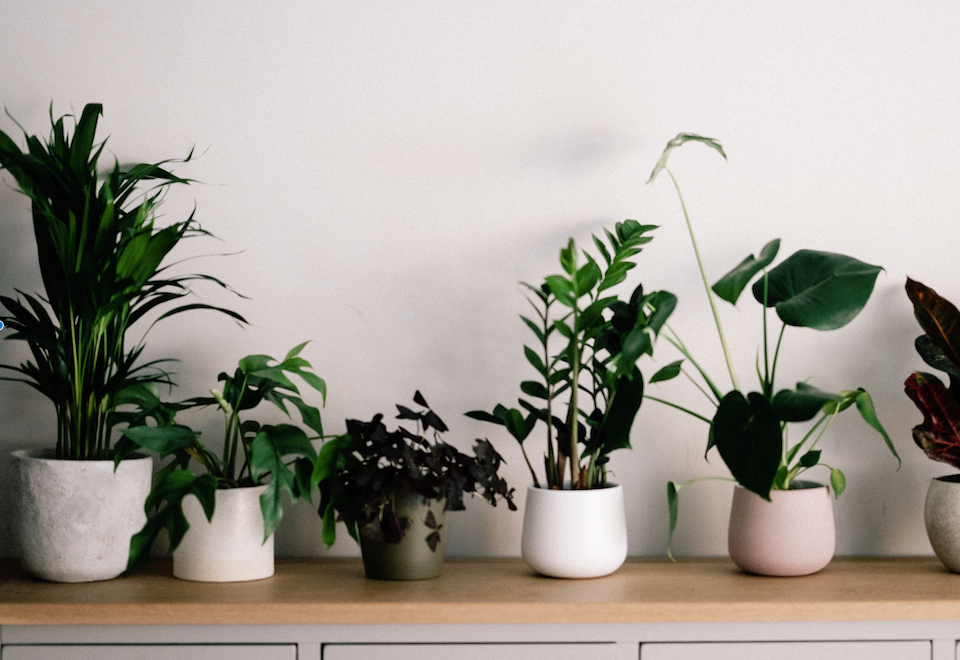The Best Low-Light Indoor Plants for Beginners and Busy Plant Owners
The Best Low-Light Indoor Plants for Beginners and Busy Plant Owners
Blog Article
Discover the Secrets of Low-Light Indoor Plants and Exactly How They Boost Your Environment
Low-light indoor plants have actually gathered boosting attention for their unique capacity to improve both aesthetic charm and environmental high quality within workplaces and homes. These resilient types, including the Snake Plant and Peace Lily, not just flourish in challenging illumination problems yet also play a pivotal duty in air filtration and emotional wellness.
Benefits of Low-Light Indoor Plants
Although lots of people think that interior plants call for abundant sunlight to prosper, low-light interior plants provide a wide variety of advantages that make them perfect for various settings. Among the key advantages is their versatility; they can prosper in areas with limited all-natural light, such as workplaces, cellars, or rooms with small windows. This feature permits individuals to boost their surroundings with greenery, adding to improved aesthetic appeals without the need for comprehensive lights alterations.
Moreover, low-light interior plants can significantly boost indoor air top quality by filtering system dangerous toxins and releasing oxygen, making living areas healthier. Study has actually revealed that particular varieties can soak up toxins, thus promoting a cleaner ambience. Additionally, they can boost psychological well-being by reducing tension and increasing efficiency. The visibility of plants has been connected to better feelings of serenity and focus.
Moreover, low-light plants typically require much less upkeep than their sun-loving equivalents, making them suitable for busy individuals or those new to horticulture. Their resilience allows them to love marginal intervention, therefore offering a fulfilling experience for plant lovers and beginners alike. In recap, low-light indoor plants offer both practical and visual objectives, making them important additions to any type of room.
Top Low-Light Plant Ranges
Low-light indoor plants come in a selection of varieties, each offering one-of-a-kind attributes and advantages fit for dim settings. Amongst one of the most prominent selections is the Serpent Plant (Sansevieria), understood for its air-purifying capabilities and building fallen leaves. This resilient plant thrives on neglect and can tolerate a variety of light conditions.
One more exceptional option is the ZZ Plant (Zamioculcas zamiifolia), which includes glossy, dark green leaves and is very drought-tolerant. Its versatility makes it a preferred for offices and homes with restricted sunshine.
The Pothos (Epipremnum aureum) is likewise a leading contender, with its trailing creeping plants and heart-shaped fallen leaves - Best low-light indoor plants. This flexible plant can be trained to climb up or waterfall, including visual rate of interest to any kind of room

Care Tips for Low-Light Plants
Taking care of low-light interior plants calls for a nuanced understanding of their details demands to guarantee optimum development and vigor. First, it is necessary to select the appropriate potting mix, as a well-draining dirt is vital to stop root rot. A mix designed for houseplants, commonly having peat moss and perlite, functions well for most low-light ranges.
Watering is an additional vital element of treatment. Low-light plants normally require less frequent watering contrasted to their sun-loving equivalents.
Fertilization needs to be come close to with caution. During the expanding period, a diluted fluid fertilizer can click here to find out more be applied monthly, but in cold weather, lots of low-light plants enter dormancy and need little to no fertilizing.
Finally, it is very important to occasionally clean up the leaves to remove dirt, allowing for much better light absorption. By adhering to these care suggestions, you can cultivate a growing environment for your low-light indoor plants, improving both their appearance and long life.
Enhancing Air High Quality With Plants
Interior plants play a significant function in enhancing air quality within homes and office. Via the procedure of photosynthesis, these plants take in carbon dioxide and release oxygen, adding to a healthier ambience. Furthermore, certain low-light indoor plants have the capacity to filter hazardous toxins, such as formaldehyde, benzene, and trichloroethylene, which are typically found in indoor atmospheres.

In addition, the presence of indoor plants can increase humidity degrees, which assists alleviate dry skin and respiratory system problems, further enhancing total health. This ability to boost air high quality not only advertises physical health but likewise supports mental health.
Integrating low-light indoor plants right into your living and working spaces can result in a more dynamic and invigorating environment (Best low-light indoor plants). Buying these all-natural air purifiers is an easy yet effective strategy for boosting indoor air high quality and fostering a healthier way of life
Creating a Calm Indoor Space
The assimilation of plants right into living rooms not only improves air high quality yet likewise adds to a peaceful ambience. Low-light indoor plants, such as serpent plants and pothos, are specifically efficient in producing a tranquil environment, as they prosper in problems that might otherwise be inhospitable for various other plant. Their lavish foliage gives a relaxing visual, minimizing stress and anxiety and advertising relaxation.
Incorporating these plants right into your home or office can stimulate a feeling of tranquility and health. Tactically positioning them in locations where you spend substantial time, such as living rooms or work areas, allows for an immersive experience page with nature, which has actually been revealed to enhance mood and cognitive feature.
Furthermore, the gentle activity of fallen leaves in action to air movement can develop a vibrant aesthetic component that improves the total setting. Think about utilizing a variety of plant heights and appearances to include deepness more information and rate of interest to your area. With thoughtful placement and care, low-light interior plants can transform any location into a calm refuge, cultivating not just aesthetic complete satisfaction yet psychological and also emotional wellness.

Conclusion
Integrating low-light interior plants right into different environments yields substantial benefits, including boosted air top quality and boosted visual appeal. The transformative power of low-light plants underscores their worth in enhancing both work and residential settings.
Although many people presume that interior plants require abundant sunshine to thrive, low-light indoor plants provide a multitude of benefits that make them perfect for different environments.Moreover, low-light indoor plants can substantially boost interior air top quality by filtering unsafe toxins and launching oxygen, making living spaces healthier. Additionally, certain low-light indoor plants have the capability to filter unsafe toxins, such as trichloroethylene, benzene, and formaldehyde, which are frequently located in indoor environments.
Low-light interior plants, such as serpent plants and pothos, are especially reliable in producing a tranquil atmosphere, as they flourish in problems that may otherwise be unwelcoming for various other plant.Integrating low-light indoor plants into numerous settings returns considerable advantages, consisting of enhanced air top quality and enhanced aesthetic appeal.
Report this page